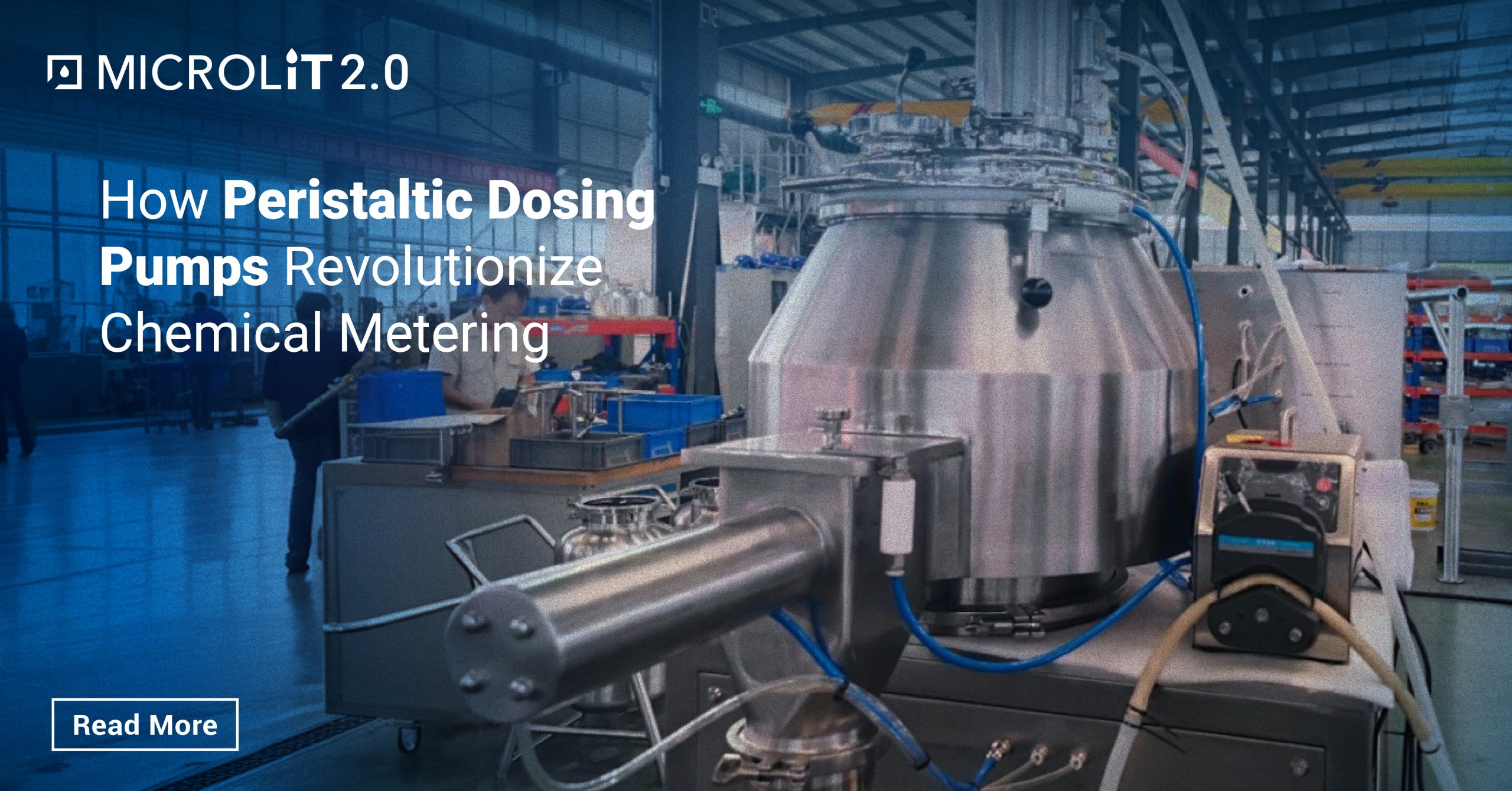Calibrating Your Digital Burette: Why It Is Critical for Accurate Results
- December 20, 2024
- ENQUIRE NOW

In modern laboratories, digital burettes play a crucial role in ensuring precise and accurate dispensing of liquids during titration and other analytical processes. However, to maintain their accuracy, regular calibration of digital burettes is essential. This article explores why calibration is critical, how it impacts results, and the best practices for keeping your equipment in top condition.
Understanding Digital Burettes
Digital burettes are advanced liquid dispensing instruments that allow precise titration with digital control and display. They are commonly used in research, pharmaceutical development, environmental testing, and industrial laboratories. Their ability to provide accurate volume measurements depends on precise calibration.
What Is Calibration?
Calibration is the process of adjusting and verifying an instrument’s measurements against a standard reference. For digital burettes, calibration ensures that the volume displayed on the device corresponds accurately to the liquid dispensed.
Why Is Calibration Important?
- Ensures Accurate Results:
- Precision is critical in scientific experiments and industrial processes. Calibration ensures that every measurement is trustworthy.
- Maintains Compliance:
- Many industries must comply with regulatory standards such as ISO and GLP. Regular calibration helps meet these stringent requirements.
- Enhances Reliability:
- A well-calibrated burette reduces the chances of experimental errors, boosting the reliability of research outcomes.
- Prevents Costly Errors:
- Inaccurate measurements can result in failed experiments, wasted materials, and increased costs. Proper calibration minimizes these risks.
- Prolongs Equipment Lifespan:
- Regular calibration and maintenance extend the life of the digital burette, reducing downtime and repair costs.
When Is Calibration Required?
- After Purchase
- New digital burettes should be calibrated before their first use.
- Periodic Maintenance
- Industry standards recommend calibration at regular intervals, often every six months or annually.
- After Repairs or Adjustments
- If the burette has undergone repairs, recalibration is essential.
- Following Extended Inactivity
- Instruments unused for long periods should be recalibrated before reuse.
- Environmental Changes
- Significant changes in temperature, humidity, or atmospheric pressure may impact measurement accuracy, necessitating recalibration.
 Calibration Procedure for Digital Burettes
Calibration Procedure for Digital Burettes
- Prepare the Equipment
- Ensure the burette is clean and free from residue. Use a compatible liquid as the standard reference solution.
- Check Manufacturer’s Guidelines
- Follow specific calibration instructions provided by the burette manufacturer.
- Perform Multiple Tests
- Dispense different volumes to check the consistency and accuracy of the readings.
- Record Results
- Document the results and compare them to the standard reference values.
- Adjust Settings
- If discrepancies are found, adjust the calibration settings as per the manufacturer’s recommendations.
- Re-test for Accuracy
- Conduct another round of tests to ensure the adjustments were successful.
- Certification
- If required, obtain calibration certification from an accredited service provider.
Common Calibration Errors to Avoid
- Using the Wrong Calibration Solution
- Use only compatible liquids with known properties.
- Ignoring Environmental Factors
- Consider temperature and humidity levels during calibration.
- Skipping Regular Maintenance
- Delaying calibration leads to cumulative measurement errors.
- Improper Handling
- Mishandling during calibration can damage sensitive components.
- Incomplete Documentation
- Always maintain comprehensive calibration records for audits and compliance purposes.
Best Practices for Maintaining Accuracy
- Routine Inspections
- Regularly inspect the digital burette for wear, leaks, and malfunctions.
- Standard Operating Procedures (SOPs)
- Develop and follow SOPs for calibration and usage.
- Training Staff
- Ensure laboratory personnel are adequately trained in calibration procedures.
- Use Certified Services
- Consider hiring accredited calibration service providers for complex calibrations.
- Label and Track Equipment
- Use calibration labels and maintain a logbook for easy tracking of calibration schedules.
Microlit’s E-Burette 2.0: Latest Upgrades
 Microlit’s E-Burette 2.0 is engineered for precision, efficiency and ease of use for dosing and titration purposes. This next-generation electronic burette comes with several new upgrades, including an integrated printer for instant data logging and maintenance and a Mini Stirrer for seamless sample mixing. The enhanced features ensure superior performance, making it an ideal choice for labs requiring precise titration solutions.
Microlit’s E-Burette 2.0 is engineered for precision, efficiency and ease of use for dosing and titration purposes. This next-generation electronic burette comes with several new upgrades, including an integrated printer for instant data logging and maintenance and a Mini Stirrer for seamless sample mixing. The enhanced features ensure superior performance, making it an ideal choice for labs requiring precise titration solutions.
Conclusion
Calibrating your digital burette is more than just a regulatory requirement—it is essential for obtaining accurate and reliable results in your laboratory work. Regular calibration ensures compliance, enhances productivity, and reduces the risk of costly errors. By following best practices and maintaining a robust calibration schedule, you can maximize the performance and lifespan of your digital burette, ensuring precise and trustworthy measurements for all your scientific and industrial applications. To know more, visit our website www.microlit.com





